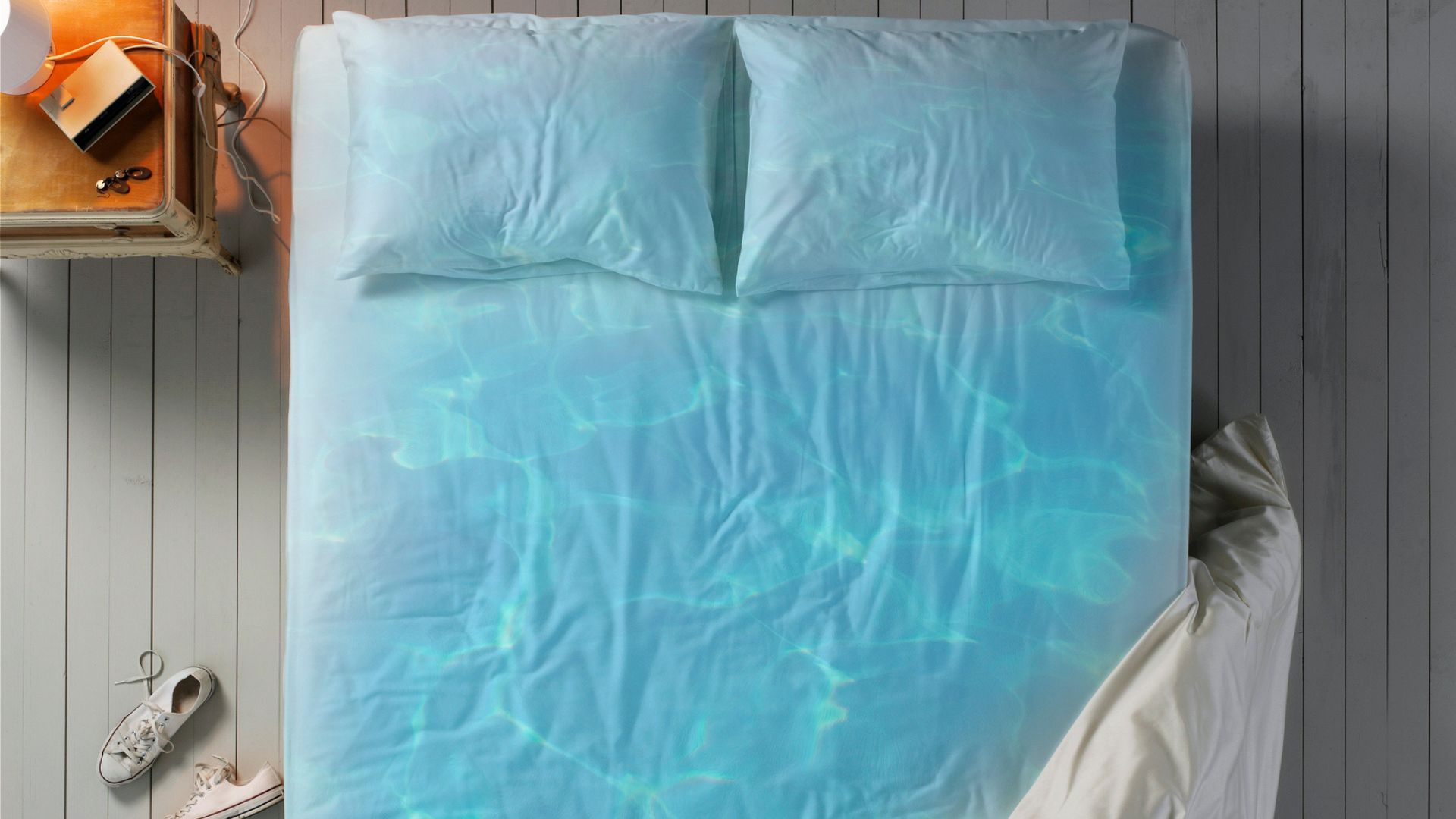
After dropping out of fashion in the 1990s, the humble waterbed seemed to vanish entirely. So where did waterbeds go? Why did they disappear from the mainstream market? And should these once sloshy sleep solutions make a comeback?
To the uninitiated, waterbeds are (you guessed it) mattresses filled with water. Originally crafted from vinyl, these water-filled mattresses flooded the market in 1968, and by 1987, waterbeds accounted for 22% of all mattress sales in the US.
Of course, there’s no denying that in today’s booming sleep economy, this year's best mattresses serve up all the support, breathability and motion isolation dreamers could need. So with talk of there being a next-gen waterbed revival, are these mattresses a necessity? Or just a novelty? Let's take a closer look.
What is a waterbed?
As you might have already guessed, a waterbed is a mattress that’s filled with water.
Sometimes referred to as a ‘floatation mattress’, generally speaking, there are two types of waterbeds available. The traditional hard-sided waterbed and the soft-sided waterbed.
The former is a water-containing mattress inside of a wooden rectangular frame. While the latter is a conventional-sized mattress, where the bladder (where the water is held) is enclosed in a mattress cover and supported by a perimeter of foam. It’s designed to fit most frames.

Where did waterbeds go?
It’s a valid question. But to discover where they went, we have to find out where they came from. According to the history books, waterbeds (in some shape or form) have been used since 3600 BCE when Persians filled goatskins with water to create ‘mattresses’ for royalty to sleep on.
Then, in the 1880s, hospitals used ‘rubber pockets’ filled with water to prevent bedsores and ulcers.
It wasn’t until 1968 that design student, Charles Hall, invented the much-loved vinyl waterbed we still talk about today. Despite seeing a boom in popularity in the swinging sixties, 1970s and beyond, things took a turn by the late 90s, and demand for waterbeds slowed.
High maintenance needs and the risk of leaks are cited for their demise. In some cases, landlords banned them from their rentals entirely, due to the potential property damage they could cause. Plus, at the same time, we saw the introduction of the memory foam mattress.
6 reasons why waterbeds disappeared
1. They leaked
If properly maintained, a waterbed mattress has been touted to last anywhere between 10 to 15 years, which is the same life expectancy as your standard memory foam or spring bed. But note ‘maintained’ is the operative word. Another reason why waterbeds drifted down the stream is because they run the risk of splitting.
Along with filling up your waterbed to the right level, you’d also have to add a conditioner to the water annually to keep the vinyl layer supple. Failure to do so could result in your waterbed leaking— which is less than ideal, seeing as they can hold up to 235 gallons of water!
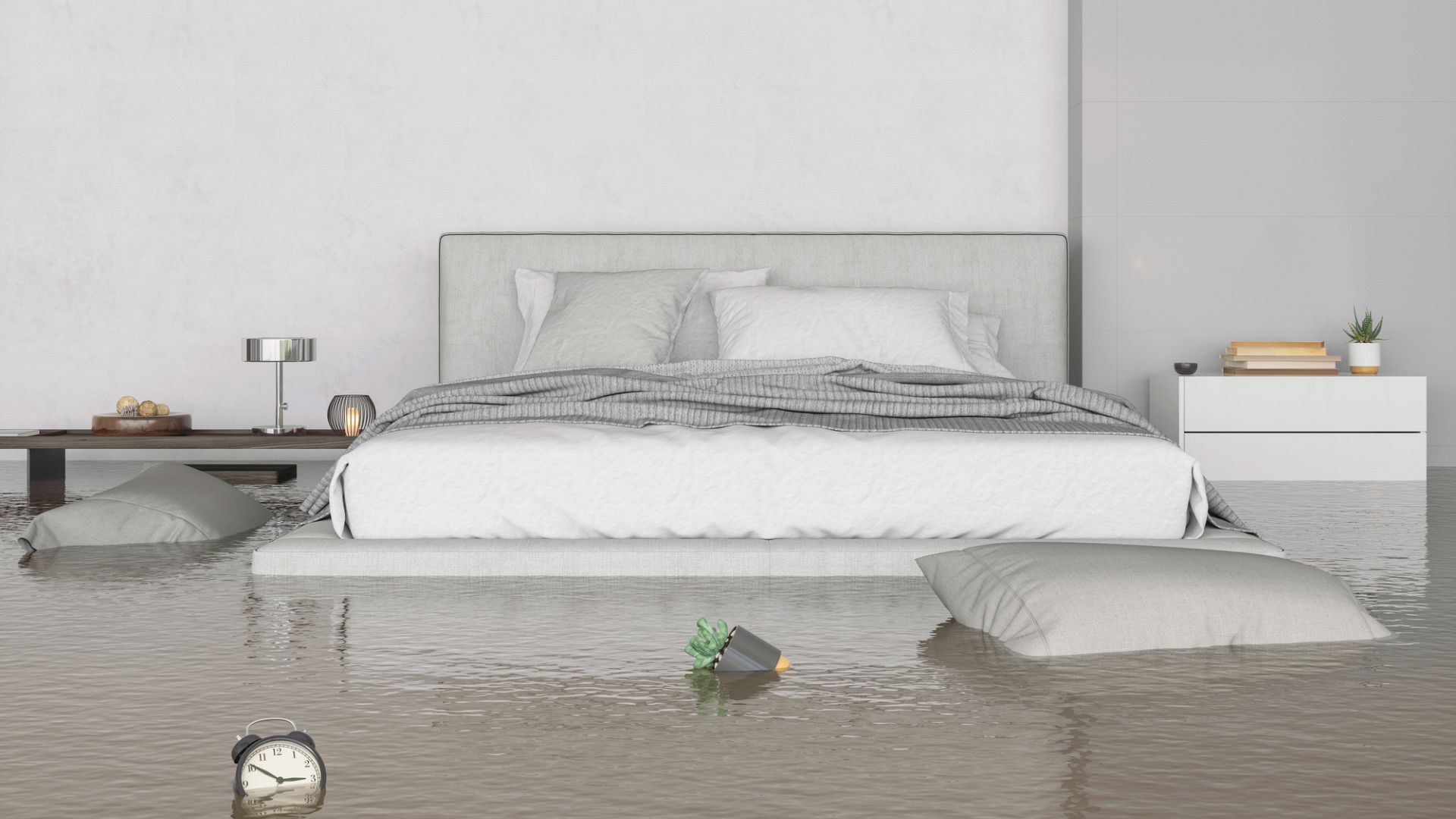
2. They were incredibly heavy
Your average queen-size memory foam mattress weighs anywhere between 70 to 100 pounds. The same goes for a queen-size innerspring mattress, which weighs between 60 to 100 pounds.
Whereas, depending on the size, construction and water capacity, a waterbed can weigh between 1,600 to 2,000 pounds — which is the weight of two female cows! So, not only would moving your waterbed be impossible without draining it, you’d also have to ensure your home can accommodate the load.
3. They needed waterbed heaters
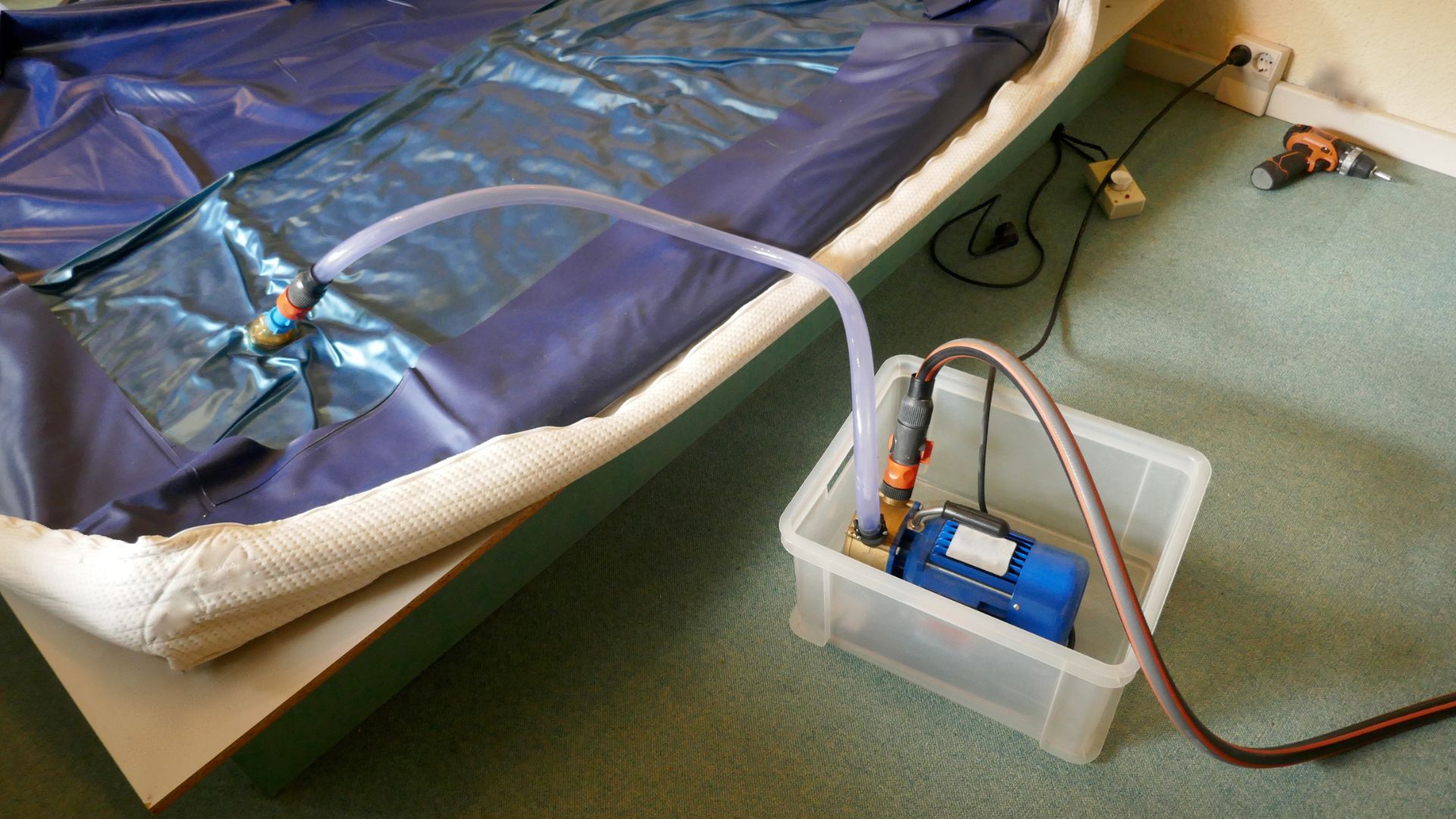
Did you know waterbeds had (and still have) to be heated? Yep! To avoid a chilly night’s sleep, this is another part of their upkeep.
Temperature regulation has a big part to play in how well you sleep. According to a 2023 study, the best sleep temperature for sleeping lies somewhere between 20 and 25 °C (68 and 77 F).
Too hot and you run the risk of spending the night kicking the covers off as you sleep. Too cold and you may struggle to get to sleep entirely.
4. Competition with new mattress technology
With the old-school versions made from vinyl and offering up less support than your typical memory foam mattresses, waterbeds got left behind.
And this rings true today. The 21st-century mattress market is full of fresh sleep innovations. From the practical and portable mattress-in-a-box offerings that arrive at your door all rolled up to hybrid mattresses that give you the best of both worlds.
5. Seasickness
Another reason why waterbeds fell out of fashion? Well, with waterbeds being filled with the free-flowing liquid, you had to expect some gentle rocking motion. And this was the case whether you were sitting down on your bed or tossing and turning while trying to sleep.
Some say the constant swaying was relaxing. Others claimed that this resulted in seasickness — the type of motion sickness that can happen while traveling on the water.
6. The noise
It’s no secret that noise can negatively impact your sleep quality. It’s why many of us seek out earplugs to muffle loud sounds, like one of our writers who lives next door to a nightclub.
But sleeping on a bed of water? There’s likely no way to drown out the amount of sloshing the old school waterbeds used to make. Whether you were sleeping alone or co-sleeping, back in the day, if you decided to kip on a free-flowing floatation bed you were only ever one twist or turn away from disrupting your and your partner’s sleep.
Thankfully, today’s mattress market is filled with sleep solutions that put motion isolation at the forefront of their designs — and noise on the back burner.
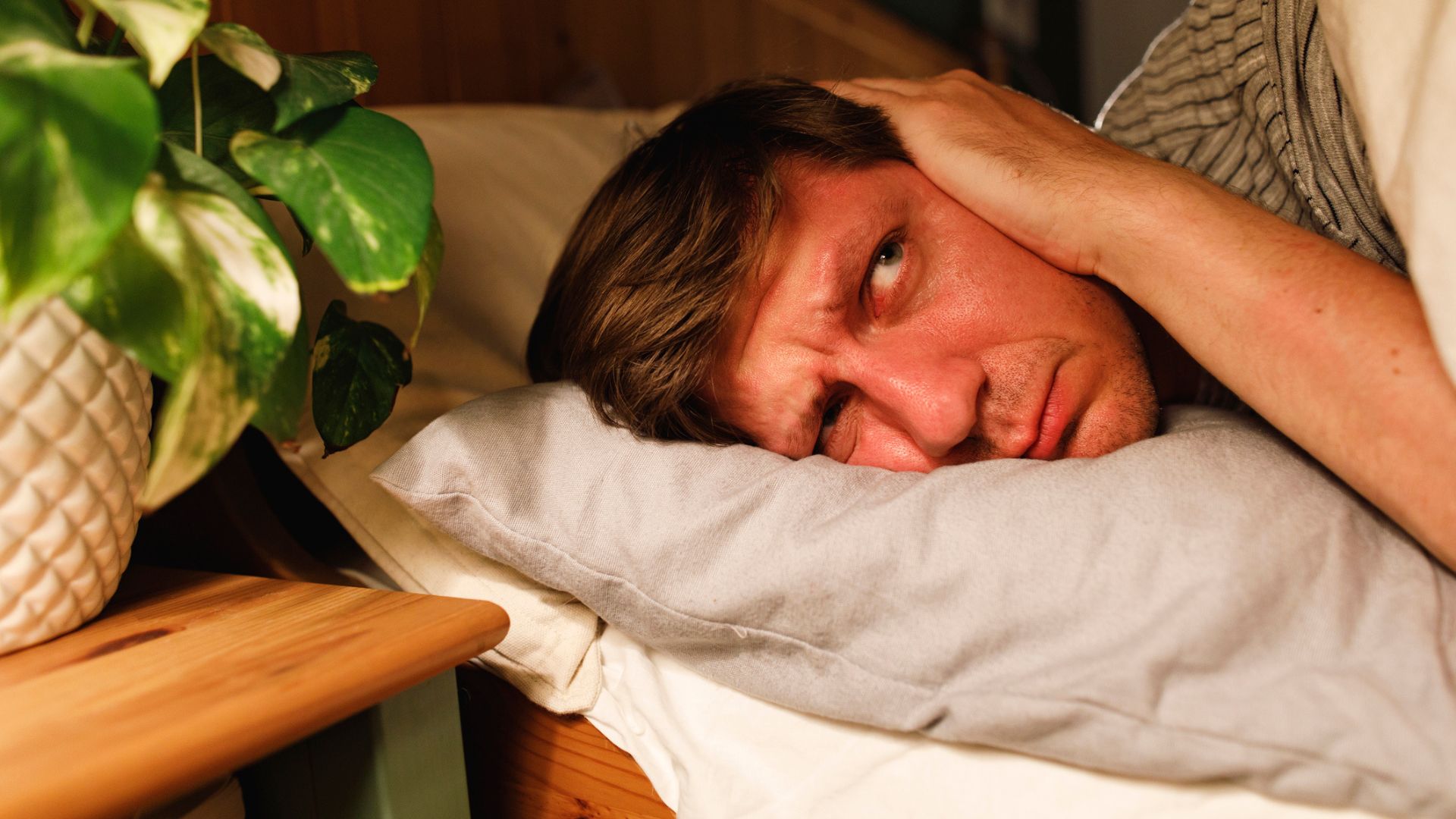
Are there any benefits of waterbeds?
Despite their disadvantages, it’s important to note that waterbeds can serve a number of purposes — especially when it comes to pressure relief and helping those who suffer from chronic lower back pain (CLBP).
Research is sparse, but a month-long 2008 randomized trial tasked 160 patients suffering from CLBP to sleep on different sleep surfaces, including a hard mattress, foam mattress and a waterbed. At the end of the four weeks, the waterbed and foam mattress were said to influence symptoms, function and sleep ‘more positively’, as opposed to the hard mattress.
By way of their unique design and the calming properties of water, these beds can be therapeutic. And, due to them being heated, they can be a form of heat therapy.
And, as a 2015 article confirmed, waterbeds (or locally improvised waterbeds, as it was in this case) can reduce the incidence of pressure ulcers in patients with spinal injury.
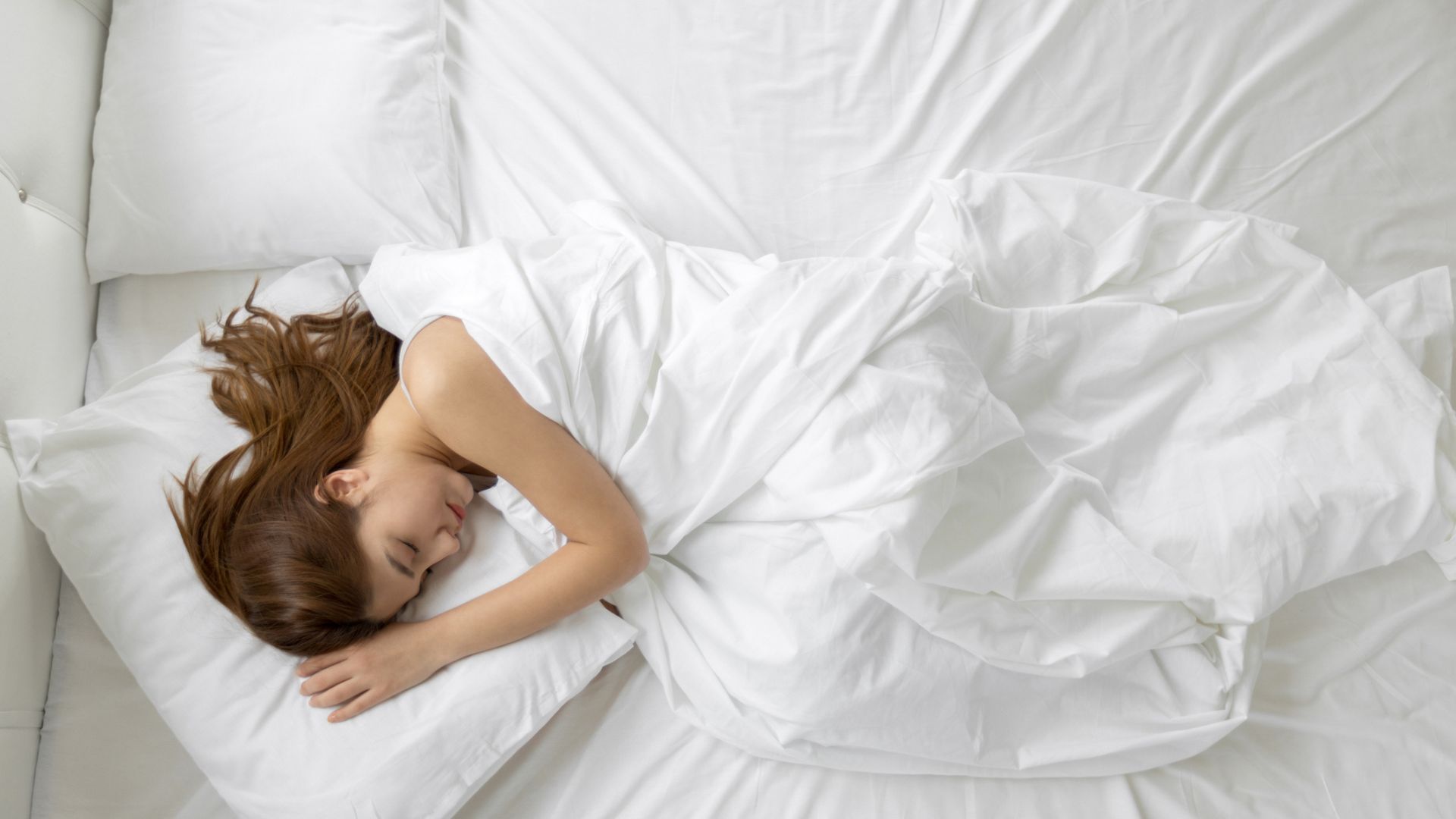
So, should waterbeds make a comeback?
Well, the latest research from Verified Market Reports states that the tides are turning. According to the report, the global waterbed market is set to grow at around 4% each year from 2023 to 2030. One reason given for the growing wave of interest? The increasing desire for ‘alternative sleep products’ that ‘combine functionality with comfort’.
We can’t argue with research. We’re a world addicted to good-quality sleep. But whether waterbeds should make a comeback is an entirely different story. In their first-gen form, floatation beds don’t meet the demands of the modern-day sleeper — and manufacturers know that. It’s why more recent waterbed design innovations have sought to address concerns over breathability, motion isolation (or lack of it), firmness, and more.
But is it enough to stand up to today’s (already thriving) mainstream mattress market? When you’ve got access to the best luxury mattresses at your fingertips, we’re not swayed.







